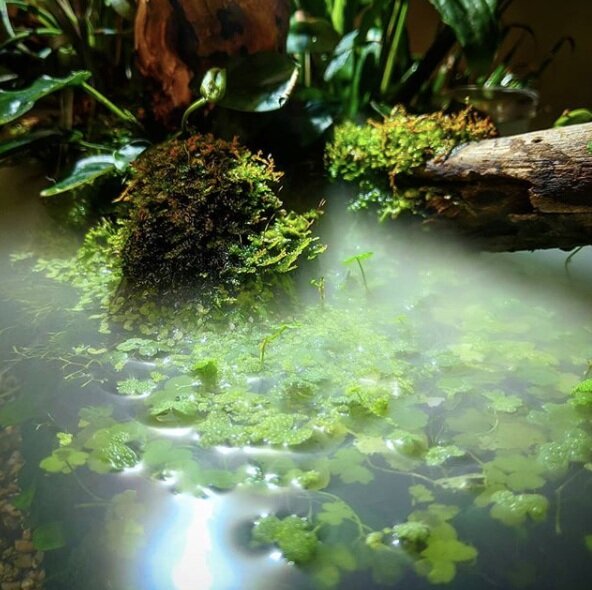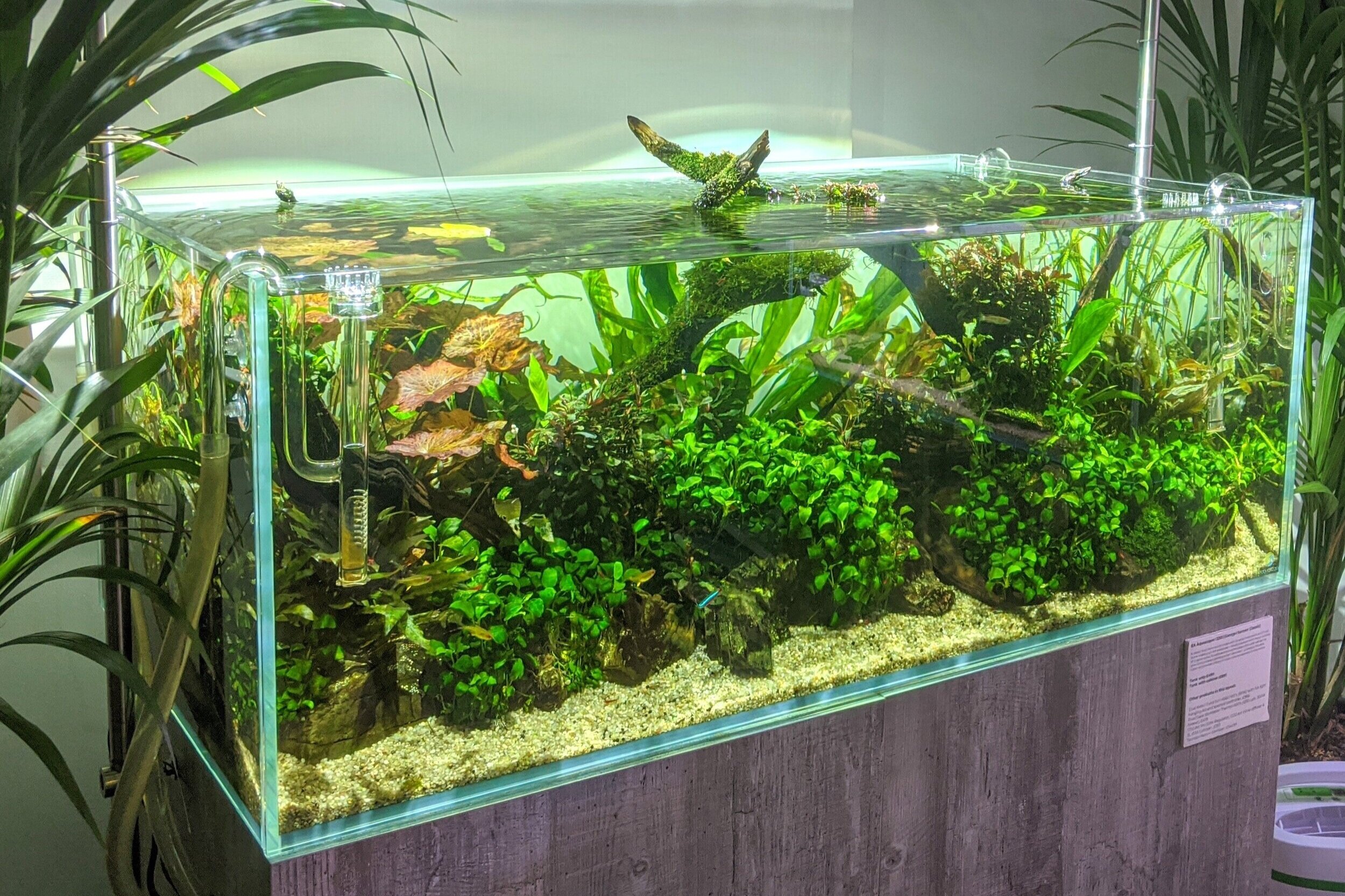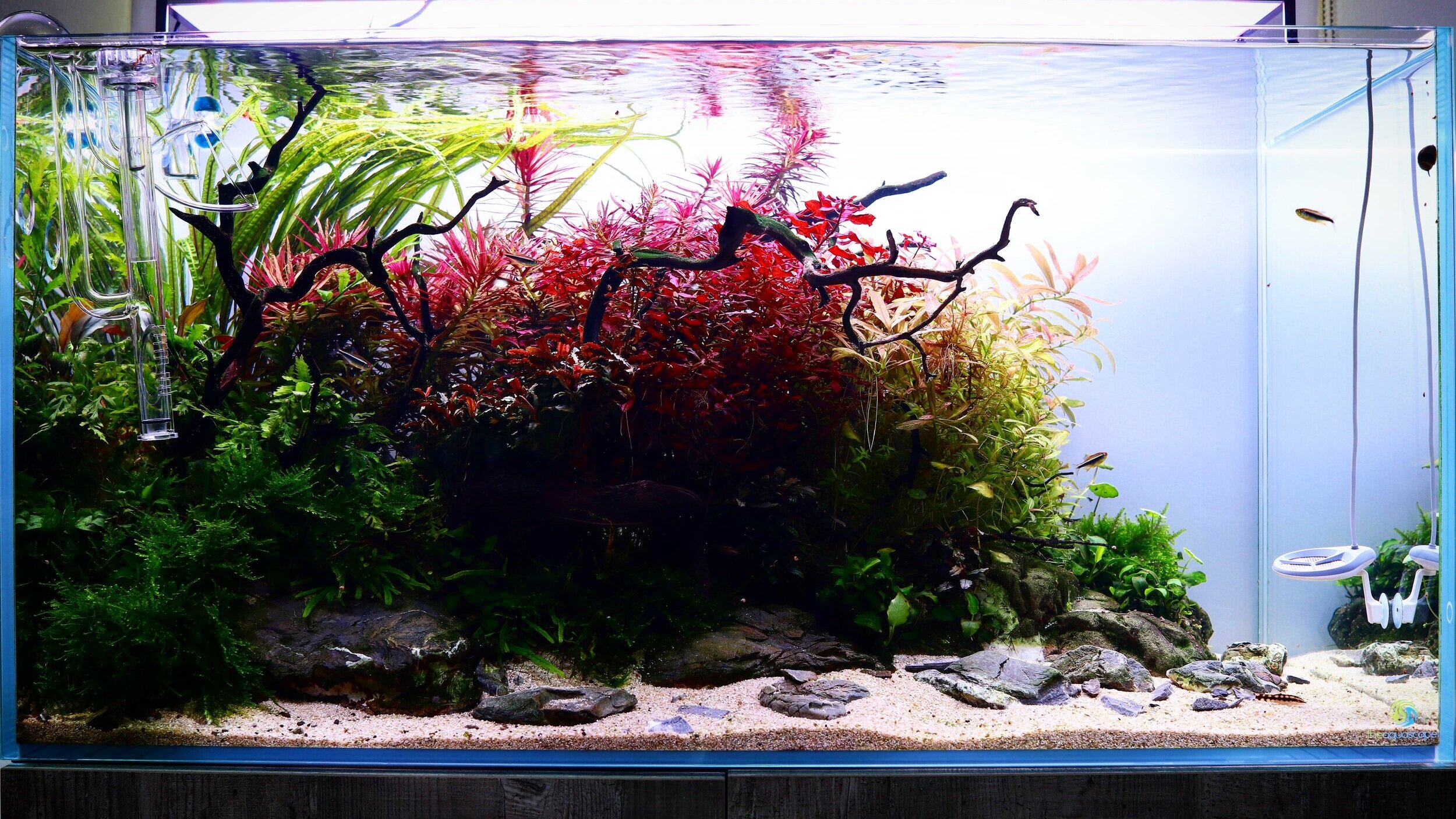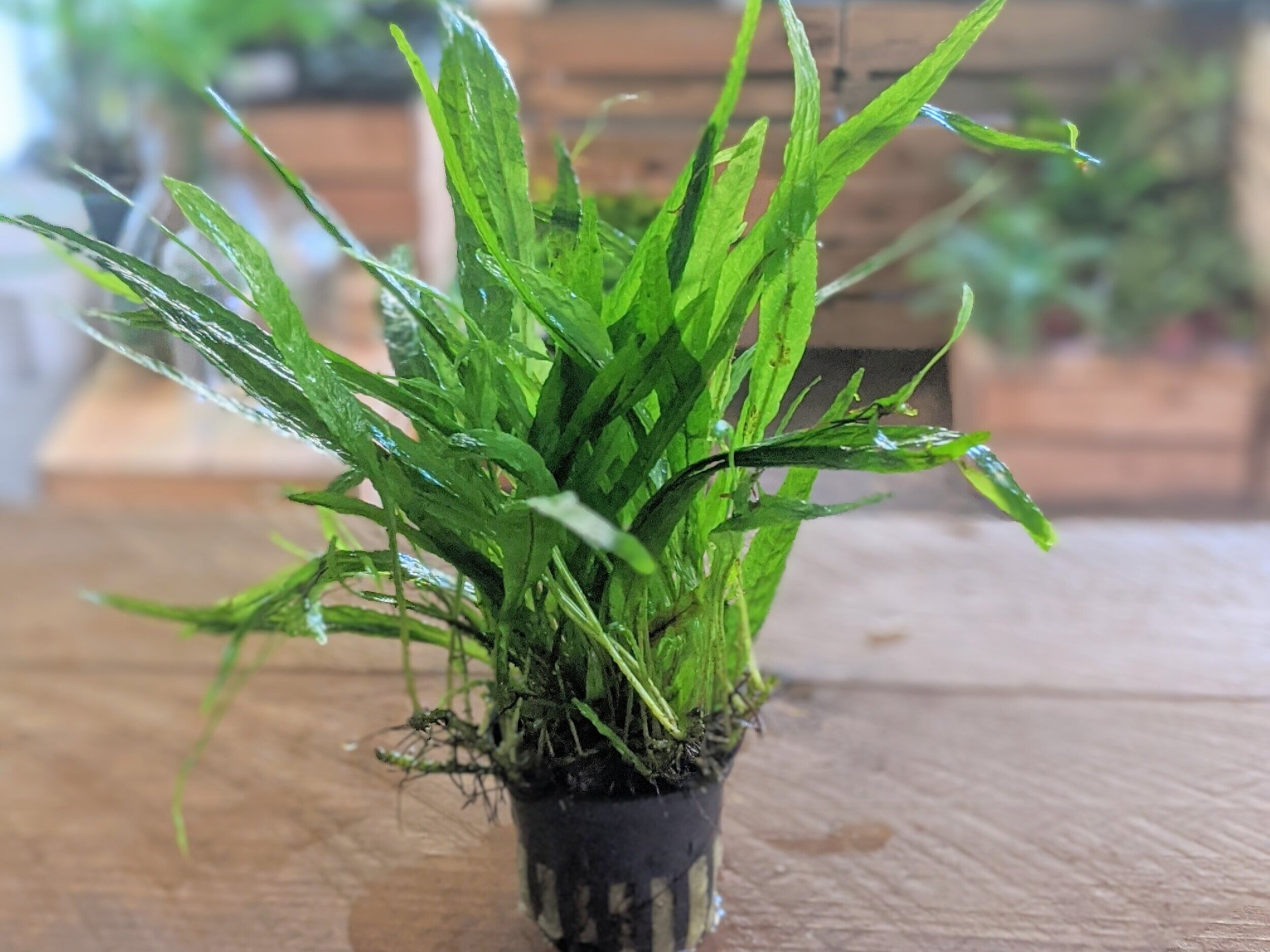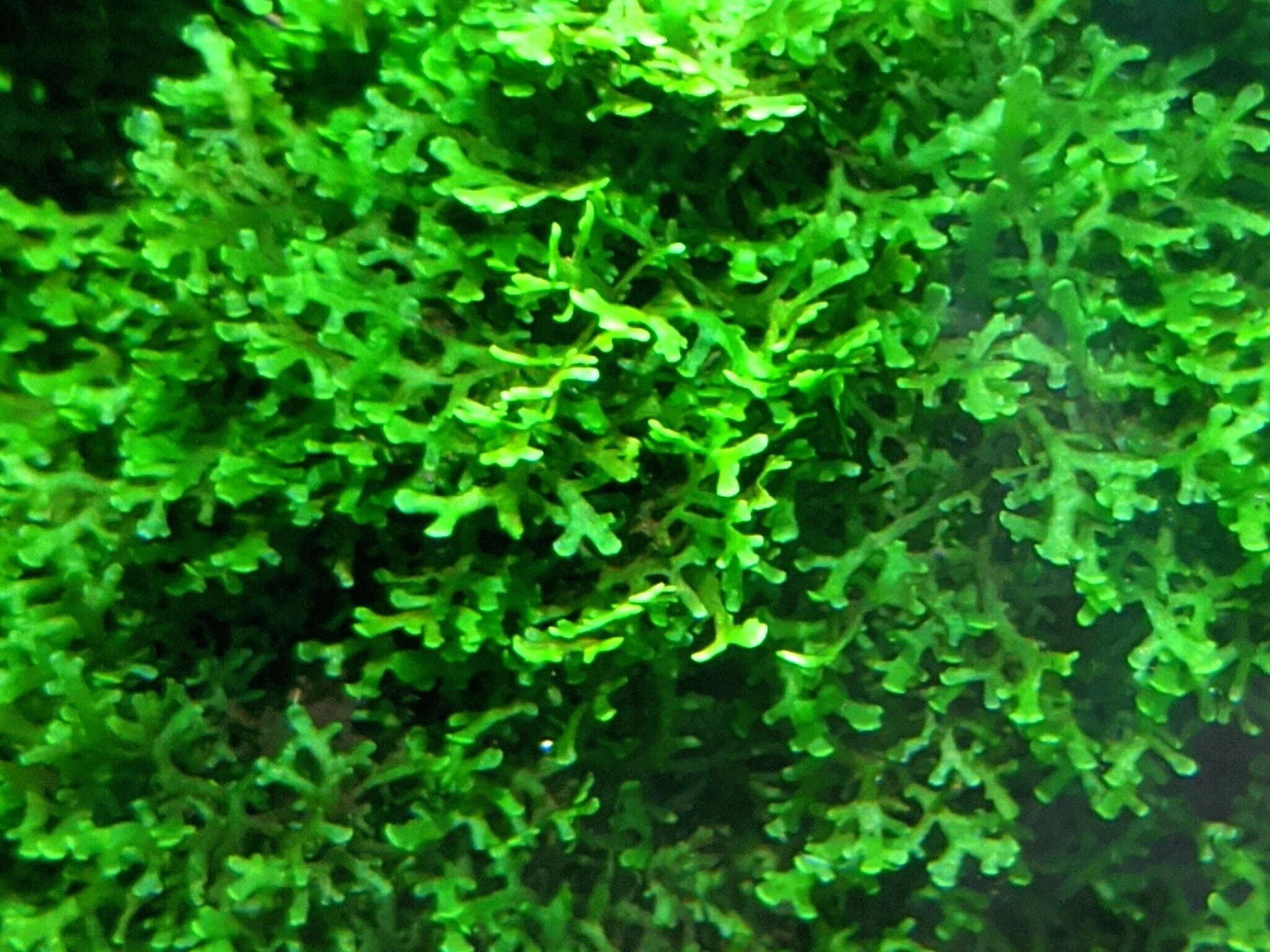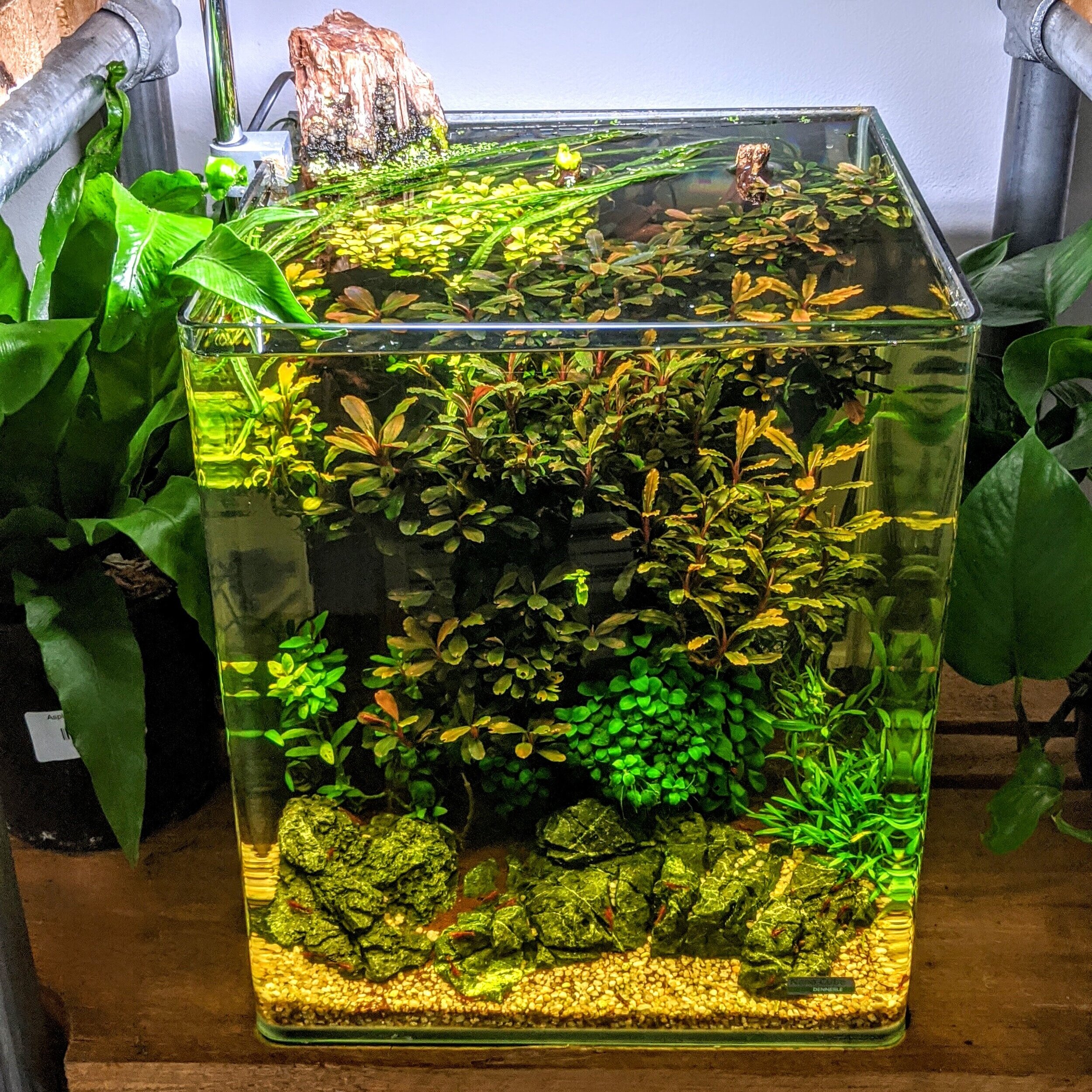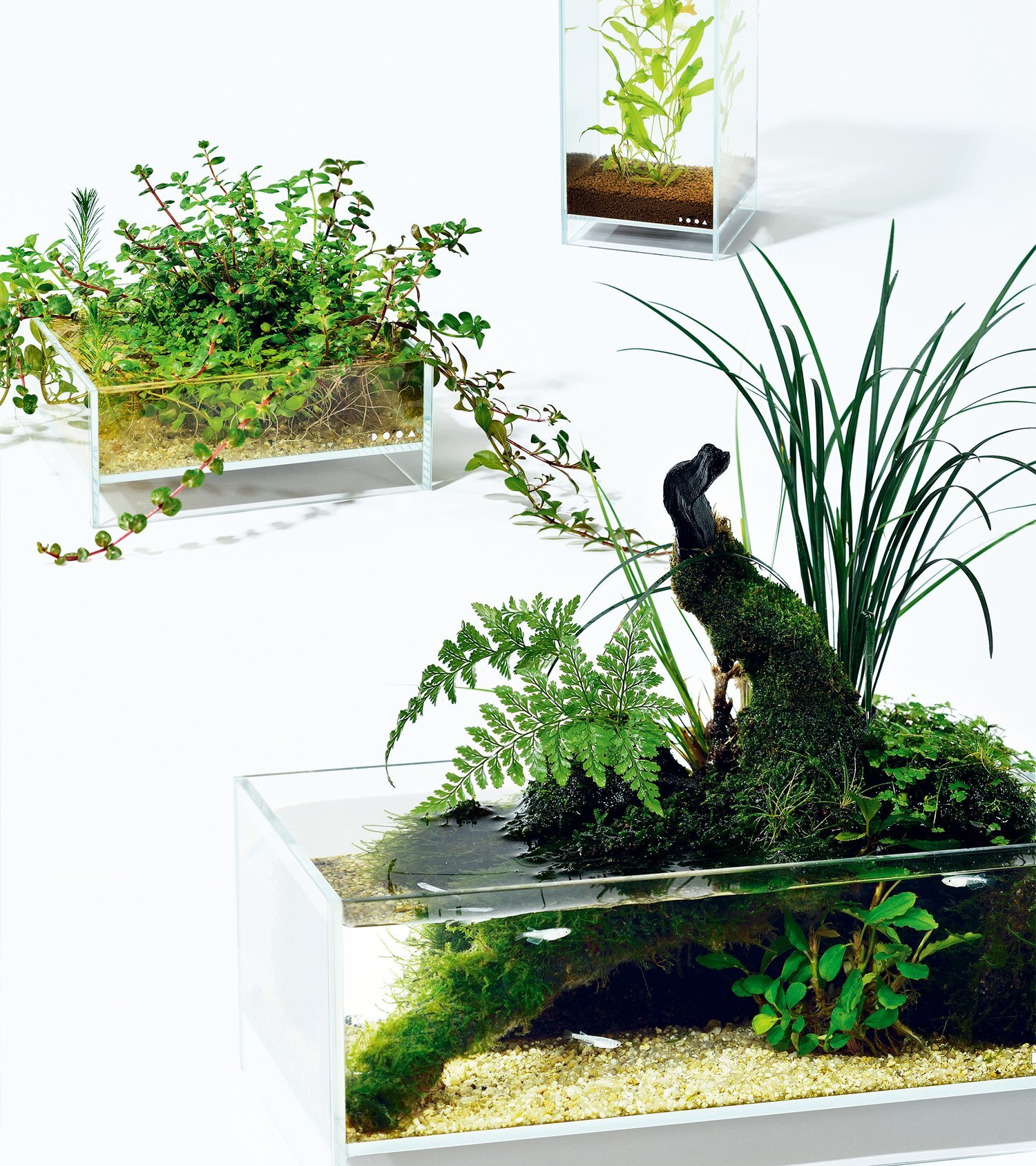Ever since we first clapped eyes on Scaped Nature’s Instagram account we have been entranced by their creations.
We caught up with Ray from Scaped Nature for an insight into their beautiful practise of combining nature, water and art; aquascaping.
What is aquascaping?
Aquascaping may well be a term new to many of us, how do you describe this practice?
I think there's two answers to this question. At its simplest, aquascaping is a hobby that brings together a love for plants and nature with fish keeping. Rather than keeping fish in amongst plastic ornaments and fake plants, aquascaping hobbyists create natural environments, using natural materials with living plants to keep their fish in. The other answer is that aquascaping is an artform. In this sense it's the art of creating underwater landscapes or scenes from nature. Rocks, wood, aquatic plants and animals are brought together in a carefully considered way to create an aesthetically pleasing and emotionally engaging scene. Usually the intention is to create a sense of balance and harmony between the different elements of the scape but you can also find scapes that convey tension, drama and mystery. It's an artform with Japanese roots and shares similar principles and aesthetic values to other Japanese arts and crafts such as Bonsai, Saikei and Bonkei.
Aquascaping for beginners
Can aquascaping be done without lots of specialist equipment? How would a beginner go about that?
Absolutely, you can create and maintain simple aquascapes with little to no equipment needed. You can start out with just a simple glass container, some rocks, wood and suitable plants and arrange them into a natural scene. If the container is large enough, you can also add fish, shrimp and snails without the need for a heater as long as you choose temperate varieties. There are lots of videos and journals online to provide inspiration and guidance or you can visit a good aquascaping shop and get some advice and pointers to get you started.
Aquascaping equipment
What are some of the must-have products for someone wanting to embark on a larger scale aquascape?
Larger scale tanks and specialist equipment offer you much greater potential and freedom in aquascaping. If you're willing to invest in good lighting, filtration, heating and CO2 you can produce really stunning results. These types of set up are referred to as high tech or high energy aquascapes. Strong lighting is combined with diffused CO2 and fertilisers to provide the optimal growing conditions for aquatic plants. This means you can grow a much wider variety of plants than in a low energy tank and achieve very different results. You can create dense lush carpets of growth that cover soil with lawns and enjoy bold bright colours from your stem plants. The overall effect can be really stunning. It's also best if possible to invest in a good quality tank with low iron glass and minimal clear silicon work to ensure a clear and uninterrupted view of your aquascape.
Plants for aquascaping
What are some of the most popular plants for use in aquascaping?
Anubias, Bucephalandra, Microsorum and mosses are all very popular groups of plants in aquascaping. There are many different varieties of these plants and they're all classified as easy, meaning they're relatively undemanding in terms of light and CO2. This means they can be grown in low or high energy tanks. They're also epiphyte plants which mean they are attached to rock or wood and have no need for soil making them very versatile in all sorts of layouts. To keep them healthy ensure you dose a good fertiliser into the water several times a week, keep the tank clean with a weekly change of at least 30% of the water (50% is even better) and don't have the lights on for any longer than 8 hours a day.
Images from left: Microsorum pteropus narrow leaf and Riccardia chamedryfolia moss
Is it possible to introduce flowering plants to an aquascape setup?
There are only a few species of plants that will flower while underwater, Anubias and Bucephalandra being two of them. Buce in particular flowers very readily, producing white spear shaped blossoms, a centimeter or two in length. In higher energy tanks you often get large clumps of Buce flowering perpetually, with new blossoms appearing as soon as old flowers are removed. It's definitely one of my favourite aquascaping plants. If you set up a shallow tank or allow your plants to grow up out of your tank emersed then you'll find many more of the plants will burst into flower.
Bucephalandra
Can you tell us a little about an aquascaping project you are most proud of?
There's a small, low energy nano tank in the shop which started life in our kitchen two years ago, It's a simple little tank, really easy maintenance but one of the most admired in the shop. It consists mainly of several varieties of bucephalandra that have colonised two pieces of bogwood and filled the tank over time. Whenever we post a picture or its featured on a YouTube video it attracts high praise and a lot of likes. It's served as the inspiration for a lot of people in setting up their first aquascape, which is really nice. At the other end of the spectrum, there's an Aquascaper 900 tank with high lighting and running CO2 that I scaped just before lock down this year. It's an island composition with lots of really colourful stem plants in the background and bright sand framing the island, I've been enjoying that tank a lot too.
What is Wabi-kusa?
Scaped Nature's other areas of expertise are terrariums, moss art and wabi-kusa. Please can you tell us a little about what wabi-kusa is?
‘Wabi-kusa’ doesn't translate neatly into English, it's a Japanese term, with ‘Wabi’, meaning something that has an imperfectly beautiful and natural aesthetic, while, ‘Kusa’ means ‘grass’ or ‘plant’. In a lot of ways, It's like an aquatic version of Kokedama with plants being planted into a substrate ball which is covered with moss. In wabi kusa, aquatic and marginal plants are used and the wabi kusa ball itself generally sits permanently in a pool of water in a glass dish or an ornamental container. Often the intention is to achieve a sort of cultivated wildness with the plants allowed to flow freely from the substrate ball and spread into the surrounding water.
Wabi-kusa image credit: DOOA
And finally, any last words about what you think is so special about bringing nature into the home?
Takashi Amano, is a name known to everyone that's into aquascaping. If aquascaping is an artform then it would be fair to say it's the Amano school of art, Growing up in post war Japan, Amano saw the country transformed by new factories and cities and people increasingly living in small urban apartments. He believed this new way of living was depriving people of their traditional connection with nature and that they would be spiritually poorer as a result. He saw the nature aquarium as an antidote, a way of bringing nature into the home and giving us a caretaker role. He believed it was good for us to maintain this kind of active connection with nature, not just as a passive observer but also as an actor that's responsible for achieving and maintaining natural balance in our little slice of nature. I think there's a lot of truth in that and I believe we can all benefit from maintaining a connection to nature in our homes in whatever form that takes. For me that's aquascaping.
Where to find Scaped Nature
Scaped Nature was set up by husband and wife team Ray and Gill McCune in August 2018. Combining Ray’s passion for aquascaping with Gill’s creative flair for terrariums and moss art they set out to create something that would capture people's imagination. After months of working on the store and creating displays, Scaped Nature opened its doors to the public in Norwich for the first time in January 2019. Today Scaped Nature's Norwich store attracts visitors from all over the UK and serves customers worldwide through www.scapednature.com. Also found on Instagram and Facebook.
Store address: 60 St. Giles Street Norwich, Norfolk NR2 1LW currently operating visits by appointment
